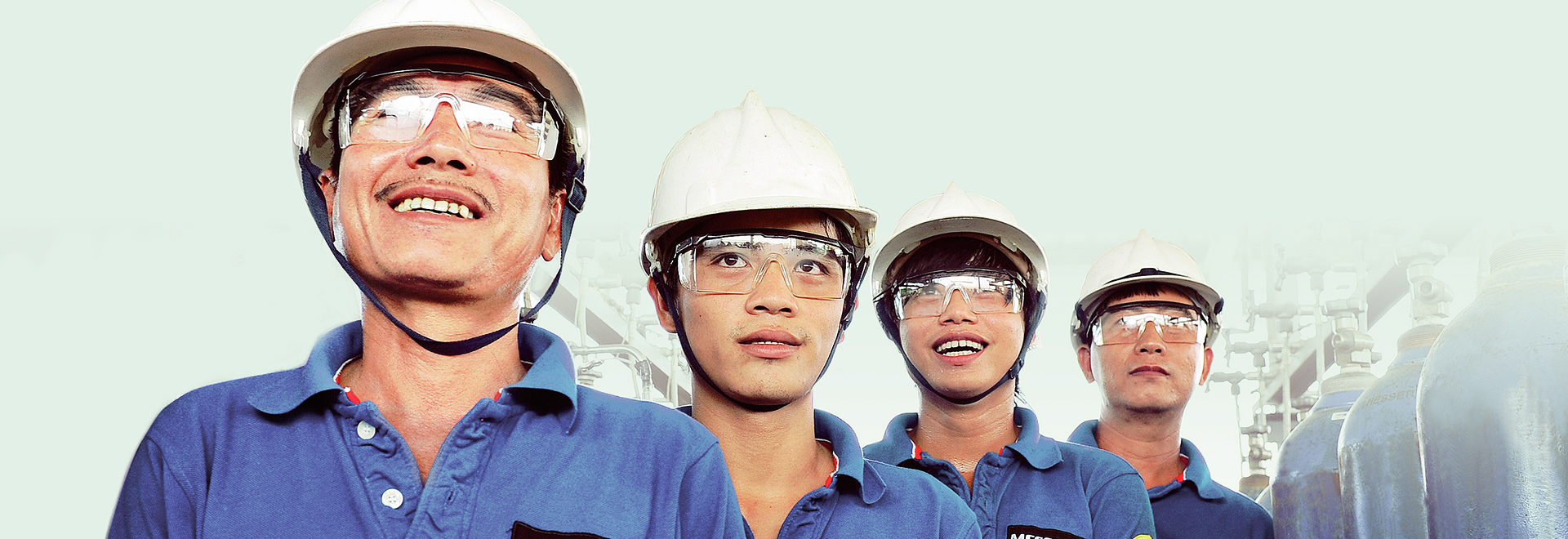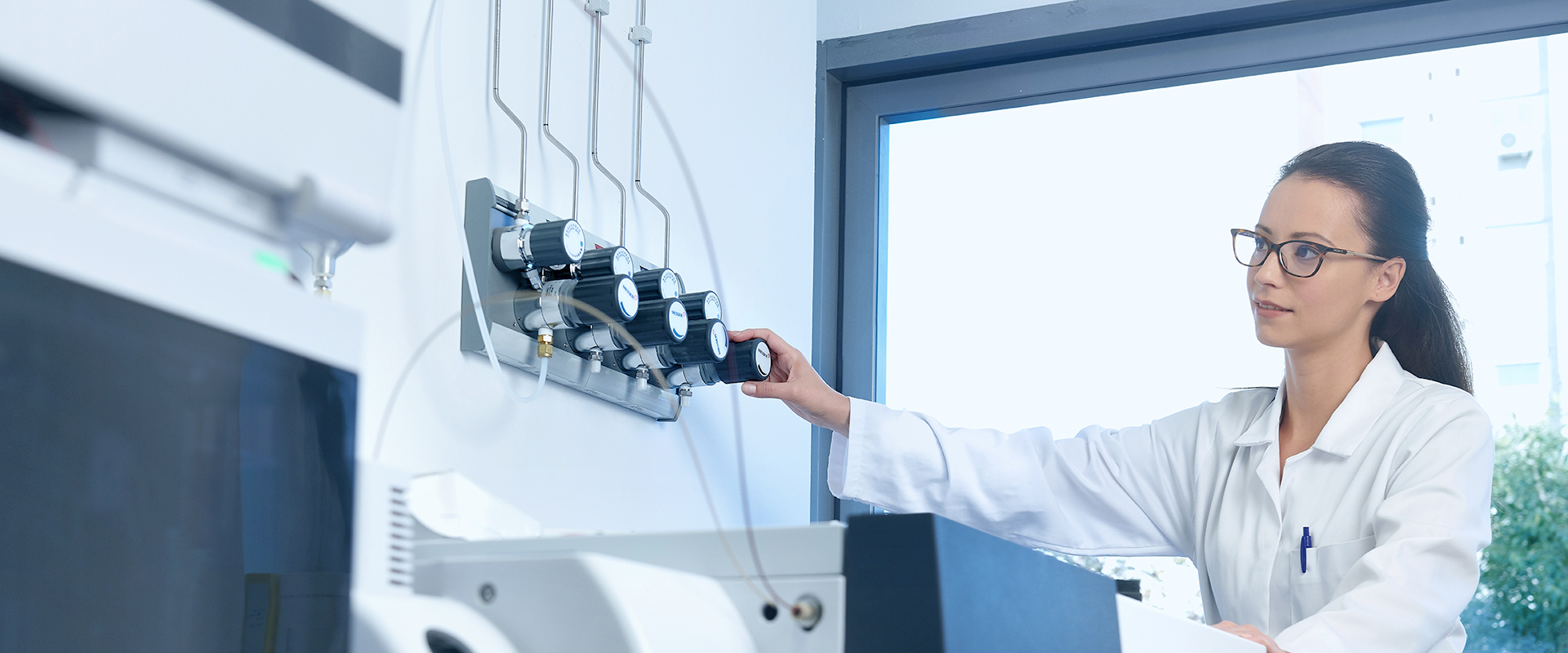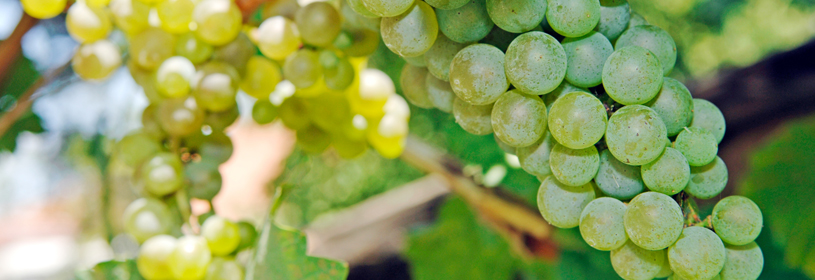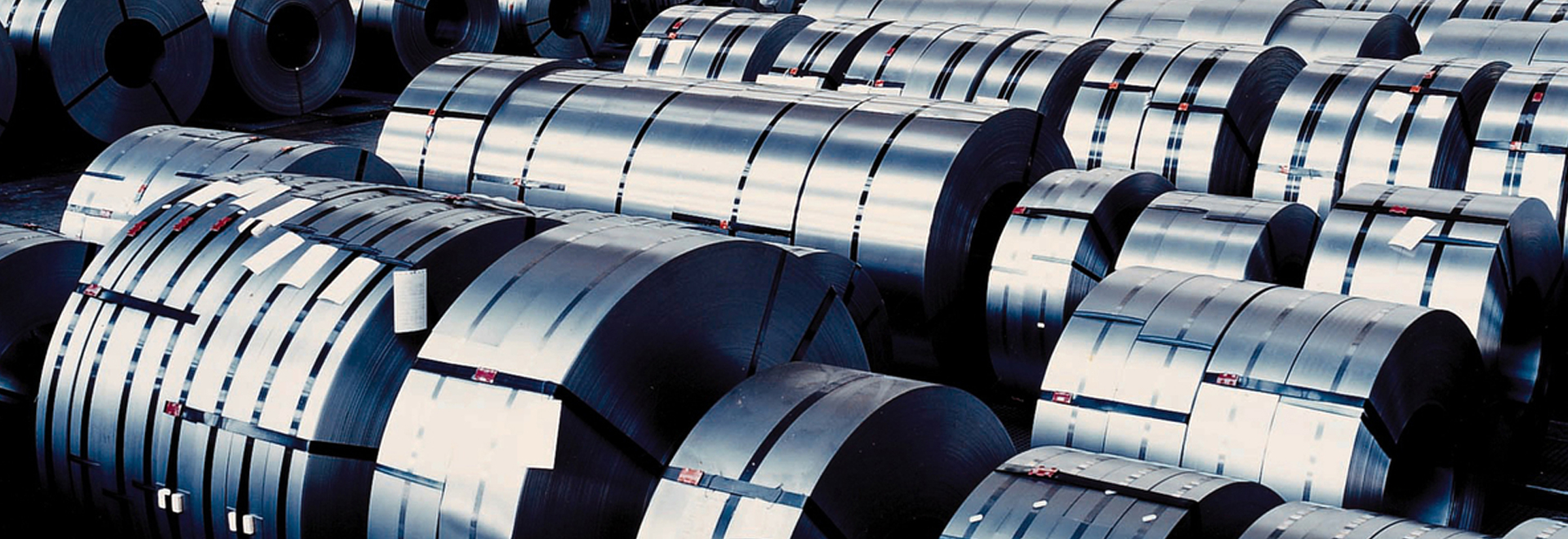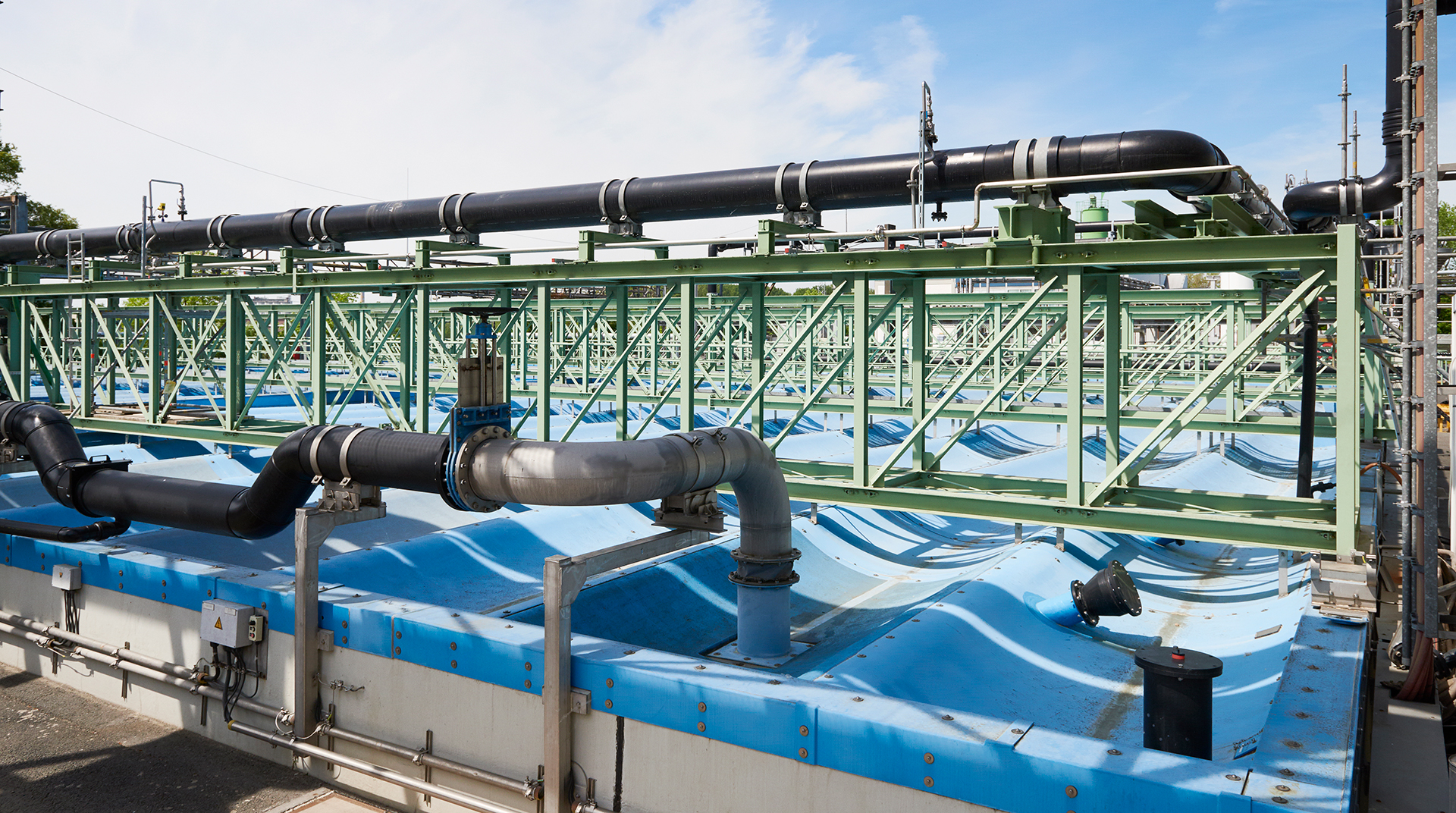CARBON DIOXIDE IS CO2
Carbon dioxide, or simply carbon dioxide, is a chemical inorganic connection between carbon and oxygen. It arises during combustion and oxidation processes in nature. Carbon dioxide was discovered in the 18th century by Jan Baptista from Helmont from Brussels. Carbon dioxide is present in the air at a level of 415 ppm (parts per million) in 2019 . This small level of carbon dioxide is the guarantor that the earth can maintain its heat content. However an increase to e.g. 4000 ppm would bring us back to the levels of the geological Cambrian period ( 500 Million years ago) when temperatures did not support life as we know it now. Determining an acceptable level and defining the measures that has to be taken in order to limit the carbon dioxide concentration is the debate relating to “climate change” that is currently going on.
CARBON DIOXIDE QUALITY NAMING CONVENTIONS E.G CARBON DIOXIDE 2.5
The quality of the gas is expressed in number of nines in the purity. When you see Carbon dioxide 2.5, .. or any other number after the gas name it expresses the purity where the first number represents the number of 9’s in the purity and the number after the point the last digit in the purity. Carbon dioxide 4.0 is thus a 99,99 % pure gas. The remaining components are specified in the technical data sheet of the gas. This leads us to another important aspect of the quality: as carbon dioxide is also often used in food applications, the remaining components cannot be toxic or smell. Carbon dioxide for food applications is therefore sometimes called “FOOD GRADE” as the production processes and supply chain are designed in such a way that the FOOD GRADE quality can be guaranteed to the point of use. At Messer we call our food Carbon dioxide GOURMET C, whereby GOURMET stands for quality food gases and the C for the C in Carbon dioxide.
APPLICATIONS OF CARBON DIOXIDE
Inertization: carbon dioxide offers the advantage that it does not react to other gases at lower temperatures. Replacing the oxygen by carbon dioxide in the air, will reduce the flammability of the flammable content in an environment. Thus, a fire hazard can be avoided if the oxygen content is reduced by a few percent and is replaced by carbon dioxide. This is applied in the storage of foodstuffs and on a larger scale in metallurgical and chemical processes. Welding and metal processing: at higher temperatures (see Boudoir equilibrium), CO2 also forms CO (carbon monoxide), a component that can react with the metal surface. This is mainly used in metal processing and production. The C in the CO settles in the metal and changes the surface properties of the metal. Extensive use is made of this effect in welding and in metal processing (and also in chemistry). Extinguishing: an increased amount of CO2 in the air makes your heart beat faster. That is why carbon dioxide is often used in extinguishing gases because it allows people in a fire environment to extract more oxygen from the air. Did you also know that CO2 has a similar effect on the skin such as Botox? (It is only of much shorter duration.) >Dry ice: under atmospheric pressure, carbon dioxide is not liquid. It immediately becomes solid (dry ice). This effect is used, among other things, to extract medicinal components from herbs. Freezing capacity: carbon dioxide gas is stored under pressure in a bottle and retains its liquid form there. The liquid in the gas bottle can be used either as a gas or as a liquid. When the carbon dioxide comes out of the bottle in liquid form, it immediately turns into dry ice. This cooling capacity can be used for the shock freezing of foodstuffs, the controlled cooling of chemical processes and for the production of medicines. There are many other niche applications of this refrigerant that leave no trace. This is because the dry ice evaporates and returns to its natural environment, the air. It is used for shrinking copper and metal pipes in sanitary installations and even for freezing water in the pipes. This way a heating installation can be maintained without draining the water from the pipes.
PROPERTIES OF CARBON DIOXIDE
For more information about the properties as well as an easy calculator to convert between the units, Messer proposes its application in either Apple Store or Android Play
CO2 BOTTLES
There are gas cylinders in different sizes and with different pressures. Depending on the type of gas in the bottle, the "shoulder" of the bottle has a different color, which is standardized under the European standard EN 1089-3. In the case of oxygen this is gray. An overview of the different colors of the gas bottles can be found here. The pressure in the carbon dioxide bottle is created by the natural balance between the liquid in the bottle and the environment: the gas pressure keeps the liquid at the bottom of the bottle and the gas is released when you open the bottle tap. If you drain too much gas, the gas pressure will decrease because the liquid cannot evaporate quickly enough. That is why CO2 bottles are sometimes equipped with a heating element (or else you can buy it). Like all bottles, our gas bottles are treated on the inside, dried and chemically made passive. In this way we can guarantee optimum purity and avoid that our customers or our employees are exposed to certain risks because the gas bottles have not been treated properly by the previous user. The carbon dioxide bottles must remain dry on the inside, otherwise they risk rusting. Therefore, these bottles are tested every 5 years, instead of the prescribed period of 10 years.
GETTING DRY ICE OUT OF CO2 BOTTLES
If you prefer the liquid form, the bottles can be supplied with a "dip tube". The liquid is then pushed upwards by the gas through a tube that extends to the bottom of the bottle. The liquid CO2 is then immediately transformed into dry ice. A hose with a snow horn is usually attached to the bottle connection to distribute the dry ice. Be sure to read the safety instructions! There are dangers associated with the cold of the dry ice and the pressure that is released.
DRY ICE APPLICATIONS
For more information on dry ice applications and where to purchase larger quantities of dry ice (instead of getting it out of the dip tube) we refer to the relevant page on this site.
LIQUID CARBON DIOXIDE IN CONTAINERS – LIQUID CARBON DIOXIDE IN CRYOGENIC STORAGE VESSELS
>We also offer carbon dioxide in liquid form for large consumers. We have a wide range of storage tanks with different capacities.
To keep the temperature of liquid carbon dioxide low, the carbon dioxide must be stored in a cryogenic containers. You can purchase or rent this cryogenic containers (dewar or portable liquid container (PLC), cryogenic tank or mini-bulk). Due to the extremely low temperatures, the safety regulations must be strictly adhered to. For example, it is recommended to wear cryogenic protective gloves or other special protective gloves.
MATERIAL SAFETY DATA SHEETS & TECHNICAL DATA SHEETS CARBON DIOXIDE
For more information we refer to our product finder on this page.
BUY CO2 GAS BOTTLES
You can buy carbon dioxide at one of our distribution points in your country. Most customers order our bottles online or by phone. Depending on the distribution point, you can collect the bottles or have them delivered to your home. Call us for more information about the delivery options.


